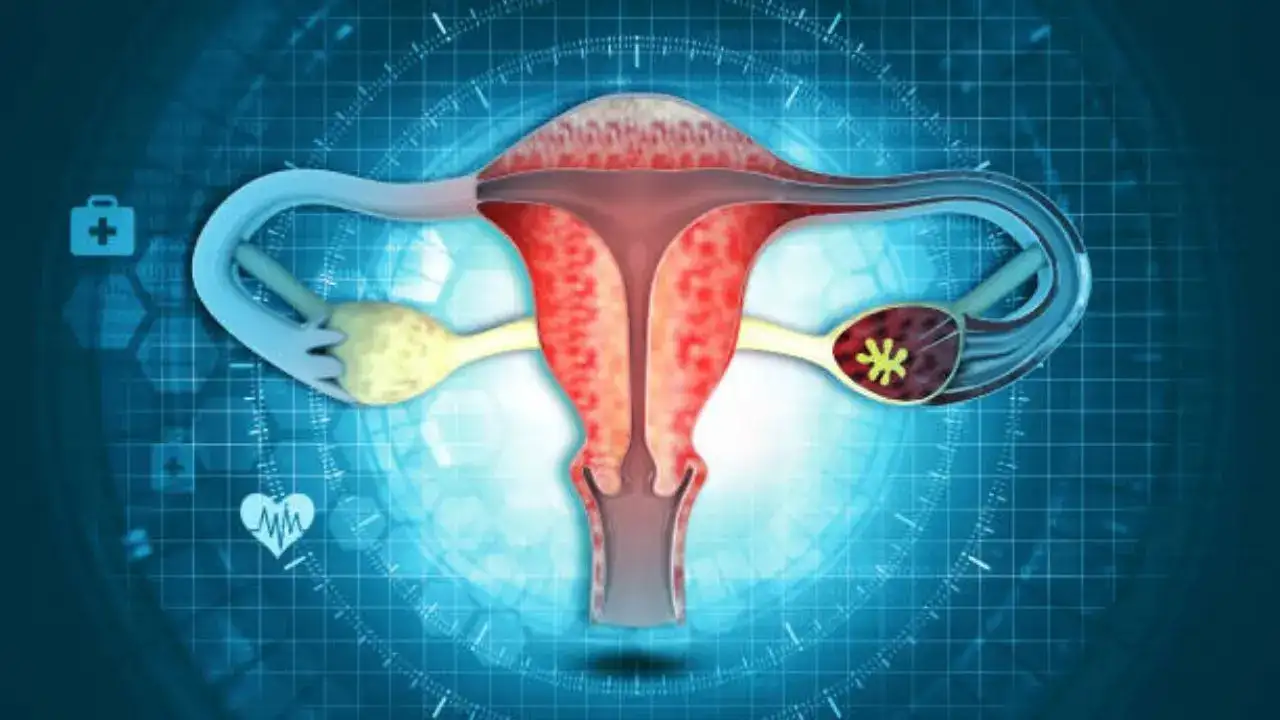
Uterine fibroids are the most prevalent pelvic tumours in women of reproductive age, impacting over 70 of women globally
Experts are expressing concern over the rising trend of fibroids – in or on your uterus – among young women in their 20s and early 30s, which until recently were predominantly a condition found among those nearing menopause.
According to studies, 20-50 per cent of women of reproductive age currently have fibroids, and up to 77 per cent will develop these growths—made of muscle and tissue that form in or on the wall of your usometime during their childbearing years. Only about one-third of these fibroids are large enough to be detected by a healthcare provider during a physical exam, so they are often undiagnosed.
Experts say uterine fibroids are the most prevalent pelvic tumours in women of reproductive age, which impact over 70 per cent of women globally – especially women of colour. These fibroids differ in composition and size among women, as well as varying in number from one individual to another.
Why are young women having fibroids?
Hormonal imbalance
According to doctors, estrogen dominance – an imbalance of hormones where the body begins to produce more estrogen than it needs and not enough progesterone to balance it – is one of the reasons more women are getting fibroids at a young age.
Estrogen usually stimulates fibroid growth; however, when young girls enter puberty earlier than they should, their bodies get exposed to estrogen for a longer time, which raises the risk of getting fibroids earlier in life. Other environmental factors like hormone-mimicking chemicals present in plastics (BPA), cosmetics, and processed foods also act like estrogen and are major contributors to the imbalance.
Obesity
Being overweight or obese increases estrogen in the body, which fuels fibroid growth. Doctors suggest maintaining a healthy weight through balanced eating and regular physical activity to help reduce the risk. Indian diets rich in fried foods and sweets need mindful moderation.
Also, a diet high in red meat, fast foods, and processed meats may be among the reasons for this spike in the growth of fibroids. Shifting to more plant-based meals with pulses, legumes, and lean proteins like fish or paneer can be protective.
Stress
In today’s life, most young people, especially women, suffer from heightened stress, which in the long run alters hormone levels in the body – especially cortisol – which indirectly affects estrogen and progesterone balance.
Late marriages and delayed childbirth
Traditionally, Indian women would often have children in their early 20s. But now, many are getting married later and delaying having children for many reasons.
According to doctors, since pregnancy and breastfeeding are fibroid protectives and cut down on the frequency of menstrual cycles and the swings of estrogen, the longer a woman goes without pregnancy, her uterus becomes exposed to these changes.
Ways to reduce the risk of fibroids
A few ways you can reduce the risk of fibroids as a young woman include:
- Maintain a healthy body weight
-
Eat a balanced and fresh diet with fruits and vegetables, whole grains, and protein
- Manage stress
- Track menstrual health
- Exercise regularly
Are there any symptoms of uterine fibroids?
Doctors say mostly small fibroids do not lead to any symptoms and don’t require treatment other than regular observation by your doctor. However, larger ones can cause you to have a variety of symptoms, including:
Excessive and painful bleeding during your periods
Bleeding between your periods
A feeling of fullness in your lower belly
Frequent urination
Pain during sex
Pain in the lower back
Frequent constipation
Long-term vaginal discharge
Inability to pee or completely empty your bladder
Increased abdominal distention
